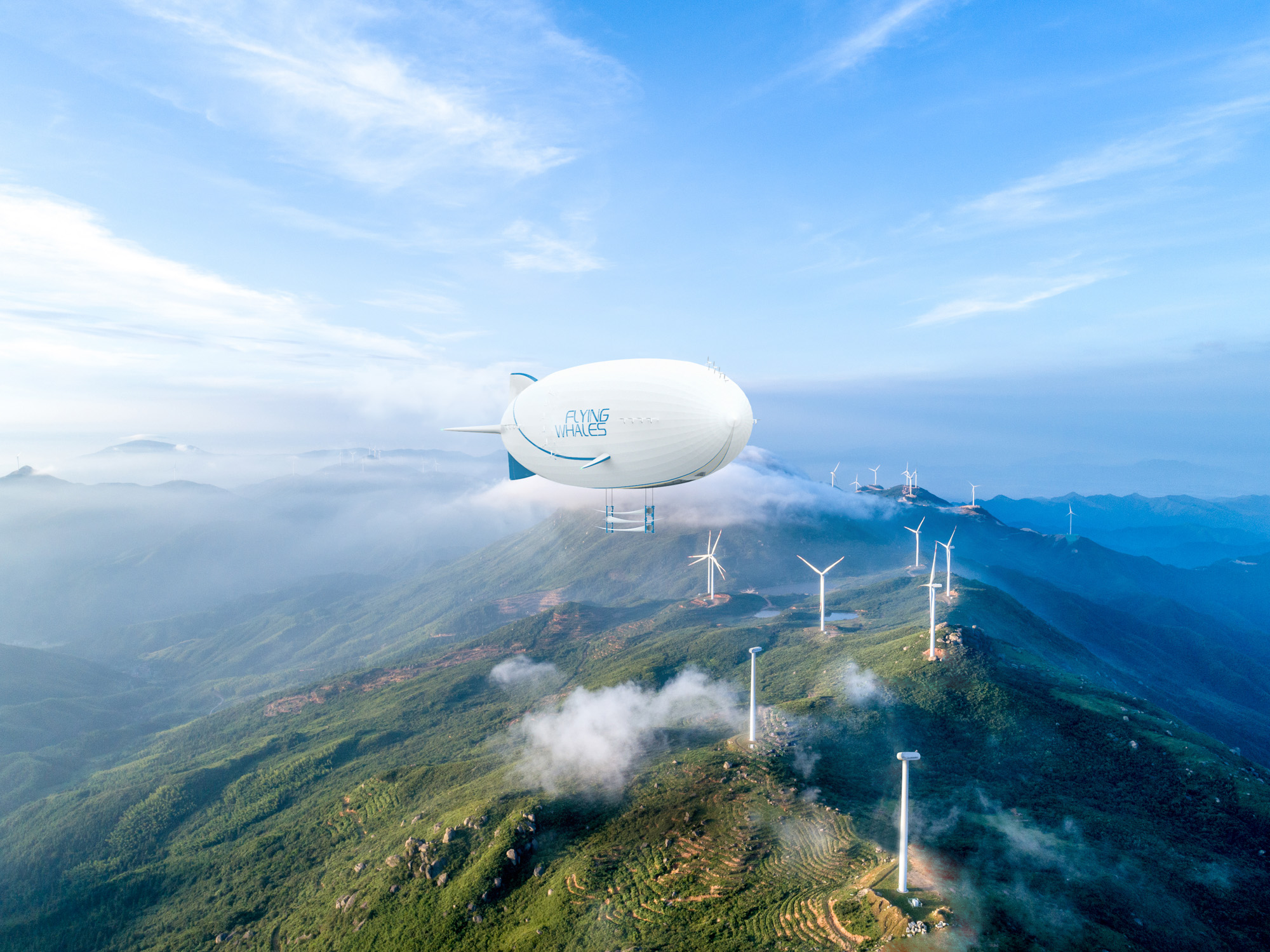- Préparation
- Take-off
Participate in the transformation of
energy infrastructures
Participate in the transformation of
energy infrastructures
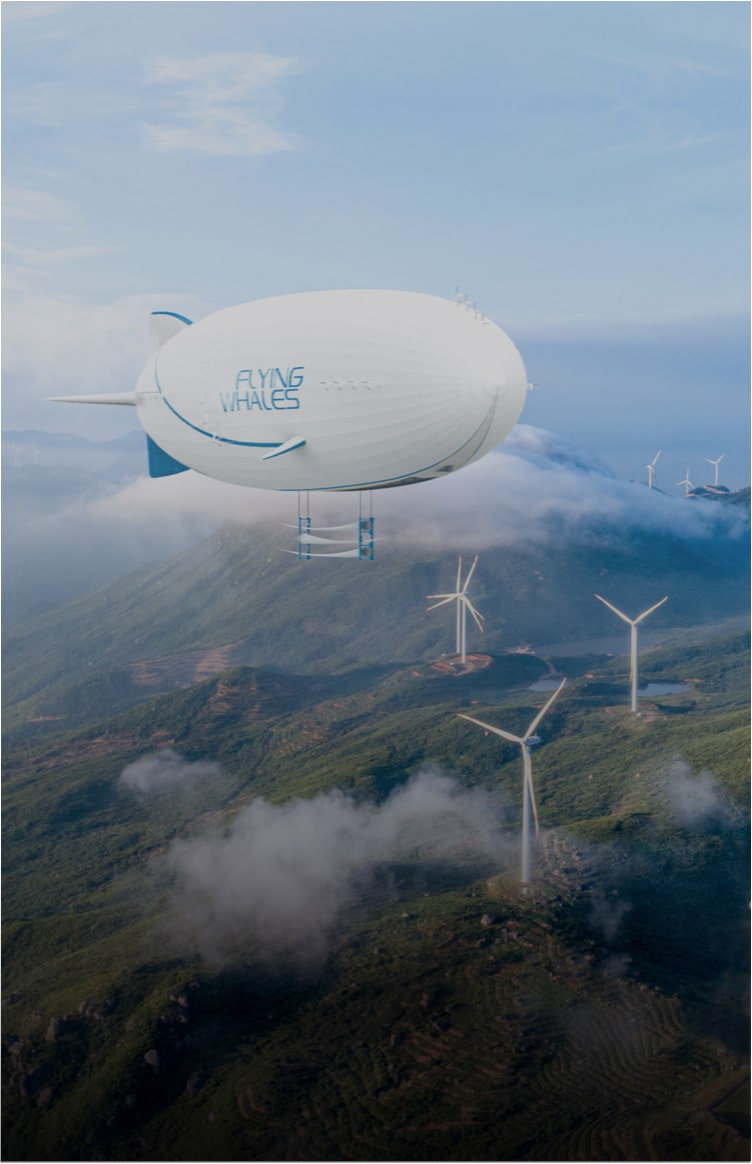
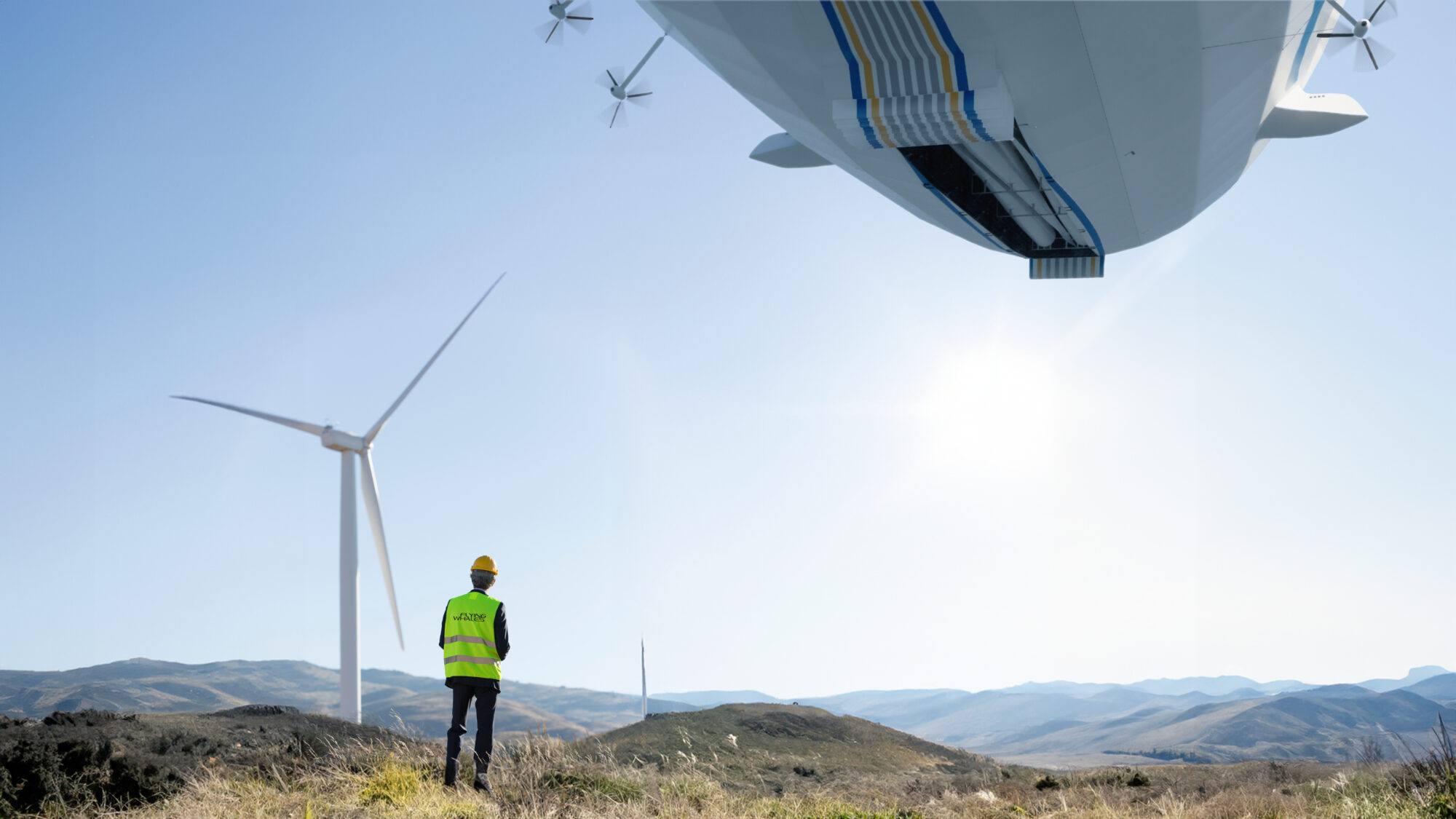
Tremendous
logistical challenges
Tremendous
logistical challenges
As the wind industry continues to grow, the size of wind turbines has also increased to maximize energy output: the length of the first blades (about 40 meters 25 years ago) already required exceptional logistics. Today, this length can reach up to 80 meters.
And the trend is continuing throughout the industry: despite serious logistical problems and additional transport costs, industrial equipment manufacturers are already designing the onshore wind turbines of tomorrow, which will be able to set in motion blades up to 110 meters long.
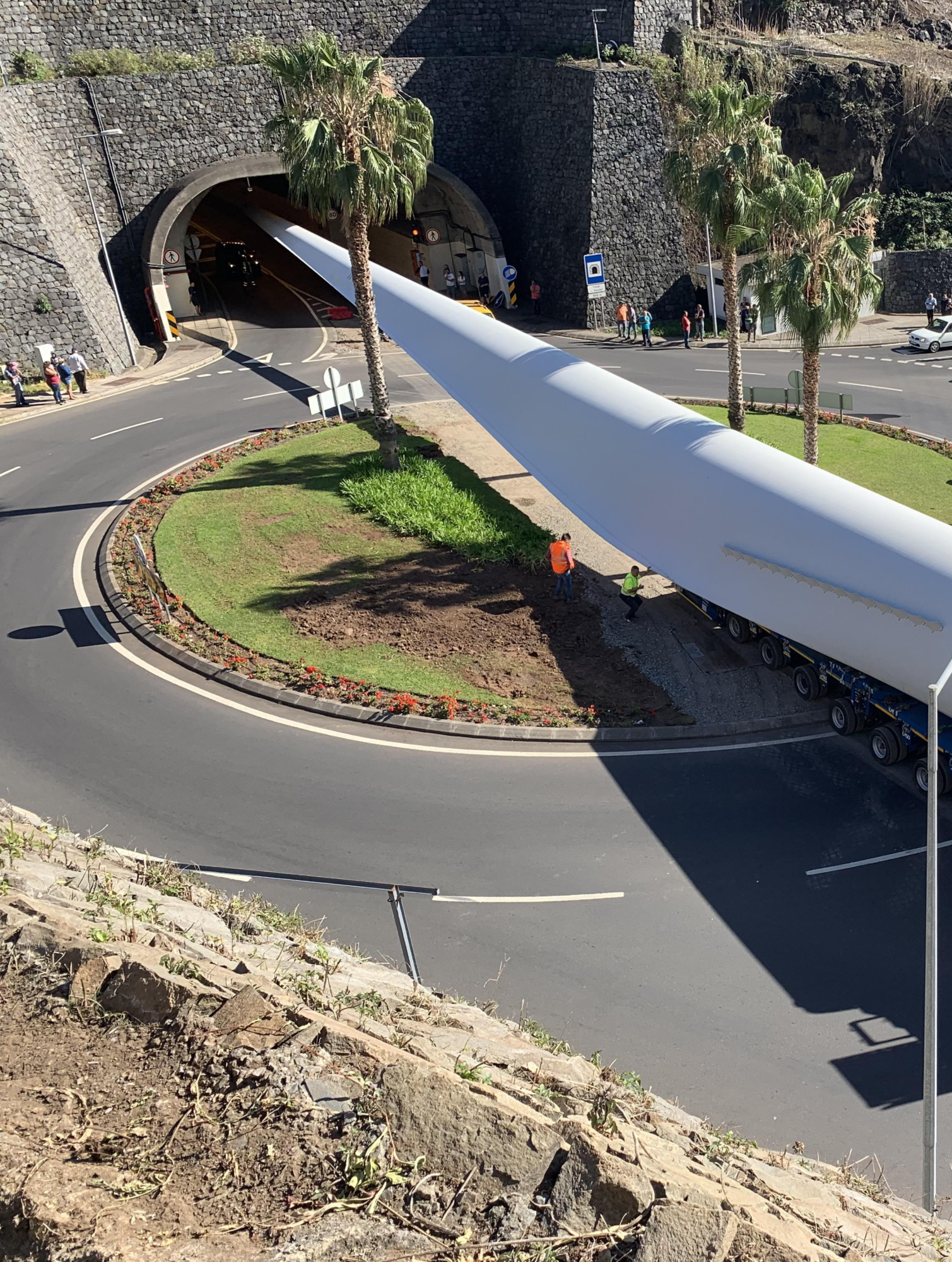
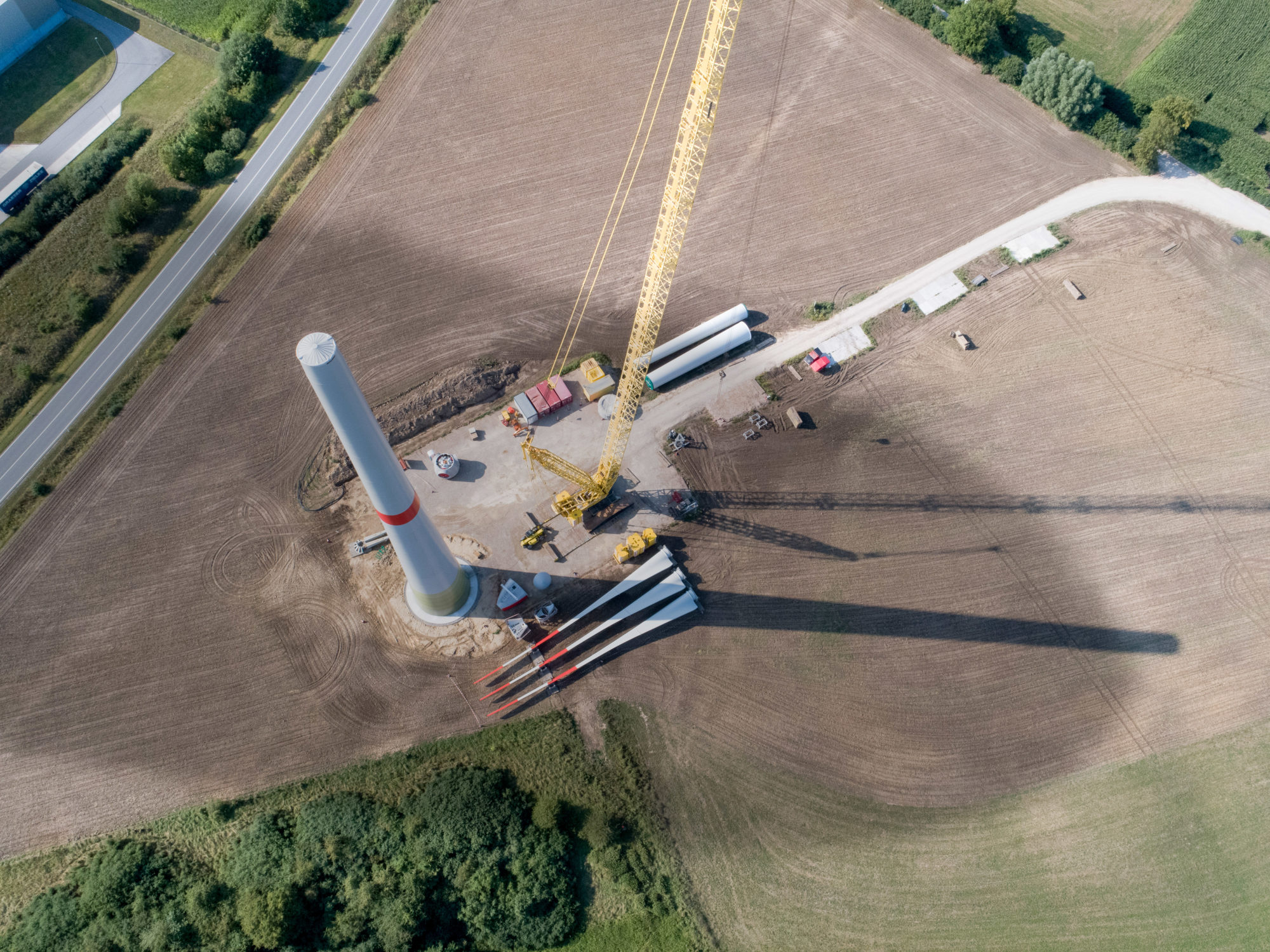
Supporting the growth
of wind farms
Supporting the growth
of wind farms
The current limitations of land transportation of turbine components to their destination make the development of these renewable energies difficult while a significant diversification of the energy mix is increasingly crucial to ensure a level of electricity production consistent with the needs and expectations of the society.
17 200
wind turbines installed in 2019
up to 110m
for offshore wind blades
up to 56%
of savings compared with road transport
Blowing the wind
of an alternative to complex transportation
The LCA60T is capable of transporting various types of wind turbine components such as blades, either in the cargo hold or outside under slings. Not only can the solution significantly reduce transport time, but it also eliminates the cumbersome logistical challenges associated with building bypass solutions or modifying existing infrastructure.
This solution also opens up new areas of high potential that remain untapped today due to a lack of logistical solutions. These future wind farms can now be considered thanks to FLYING WHALES. Leading companies in the sector such as Engie Green, TotalEnergies Renouvelables, RES Group, EDFR or CNR are already studying a number of potential projects in light of this new opportunity.
